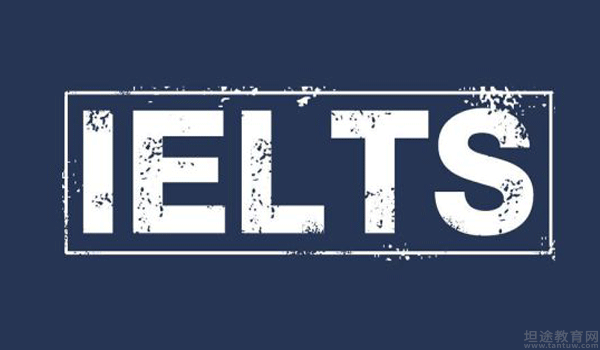雅思考试必看阅读试题:用微波炉热饭安全吗
在我们平时的训练中,阅读绝对是占有一席之地的,因为他是考验我们综合能力的一个科目,不仅是对基础知识的考察,对我们的理解能力也是有考察的,所以小编今天就给大家带来了这篇试题,在坦途网雅思考试频道还有很多相关是试题和内容,现在我们先来看看这篇文章吧!

Is microwaving food safe? 7 nutrition myths debunked
Do you need to drink one glass of water for every caffeinated beverage you drink? Are “white foods” like onions less nutritious than broccoli? Is dark chocolate really rich in antioxidants? Read on to learn the truth about seven common nutrition myths.
1Myth: Multigrain foods are rich in whole grains
When a food is labeled "multigrain," it means that more than one type of grain was used in the product -- though none of them are necessarily whole grains. This is also true for products such as “seven-grain” bread.
Whole grain means all the parts of the grain kernel -- the bran, germ and endosperm -- are used, allowing for a more nutritious product compared to foods made with refined grains. Whole-grain foods contain nutrients, fiber, and other healthy plant compounds found naturally in grain.
According to an article in the Journal of Nutrition, there is consistent epidemiological evidence indicating that whole grain foods substantially lower a person's risk for developing chronic diseases, such as heart disease, diabetes, and cancer and also play a role in body weight management and digestive health.
To make sure a product is whole grain, look at package labels. The first ingredient listed should contain the word “whole,” such as “whole wheat” or “whole oats.” The USDA recommends healthy adults consume about 6 ounces of total grains per day, and that at least half of those grains (3 ounces) are whole grains.
2Myth: White vegetables lack nutritional value
While you may have been told to steer clear of “white foods” for good health, this advice does not hold up when it comes to white vegetables. Cauliflower, onions, mushrooms, turnips and even potatoes are packed with just as many nutrients as their colorful veggie counterparts. Eating white vegetables can increase intake of fiber, potassium, magnesium, and other vitamins and minerals – in addition to improving overall vegetable consumption, according to a paper published in Advances in Nutrition. The next time you add color to your salad, don’t forget the white.
3Myth: Dark chocolate has more healthful flavanols than milk chocolate
Dark chocolate is often perceived as healthier than milk chocolate because it contains higher concentrations of cocoa. However, dark chocolate does not necessarily have more cocoa flavanols than milk chocolate.
Naturally found in fresh cocoa beans, cocoa flavanols are a unique group of plant nutrients (phytonutrients) that research indicates may help improve circulation, cardiovascular health and blood flow to the brain. According to The National Confectioners Association’s Chocolate Council, the cocoa percentage marked on a chocolate’s label isn’t a reliable indicator of flavanol amounts.
“Cocoa flavanols are easily destroyed by typical processing techniques including the amount of time, temperature and moisture when making cocoa or chocolate. This process starts from the time the cocoa beans are harvested and continues throughout processing,” said Hagen Schroeter, Director of Cocoa Flavanol Research at Mars, Inc.
If you are looking to add more cocoa flavanols to your diet, Schroeter recommends additional sources, such as cocoa extract supplements.
今天的内容就给大家介绍到这里了,如果还想有更多的了解,就到坦途网看看吧,小编相信会有很多惊喜等着你,其实在备考期间除了要多做模拟题有以外,另一项比较重要就是要积累素材,这样在我们考试的时候才能得心应手,虽然雅思考试时间是每月都有,但是我们也要争取一次通过,最后小编希望大家都能考出自己理想的成绩!
温馨提示:因考试政策、内容不断变化与调整,坦途网提供的以上信息仅供参考,如有异议,请考生以权威部门公布的内容为准!
- 2019年雅思考试考前必看经典阅读试题508-27
- 2019年雅思考试考前必看经典阅读试题408-27
- 2019年雅思考试考前必看经典阅读试题308-27
- 2019年雅思考试考前必看经典阅读试题208-27
